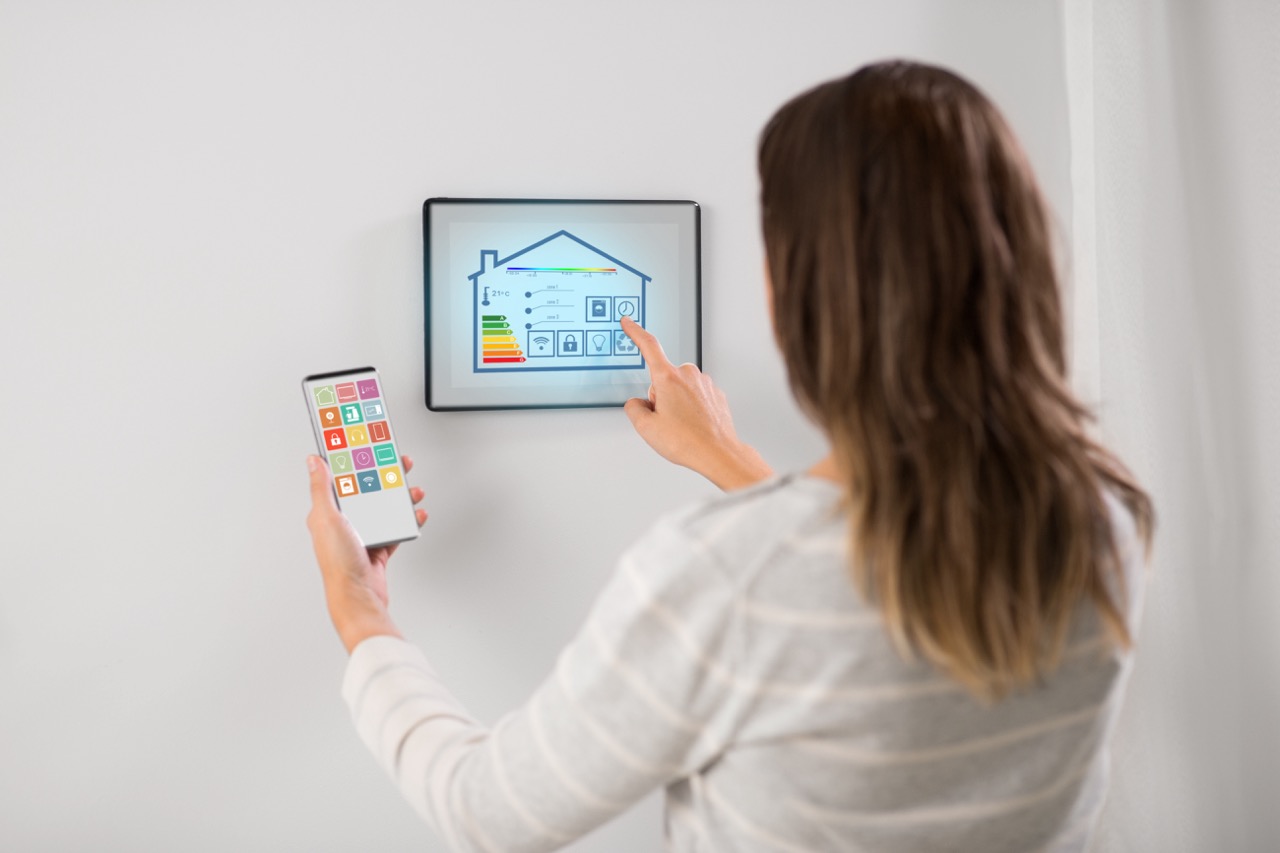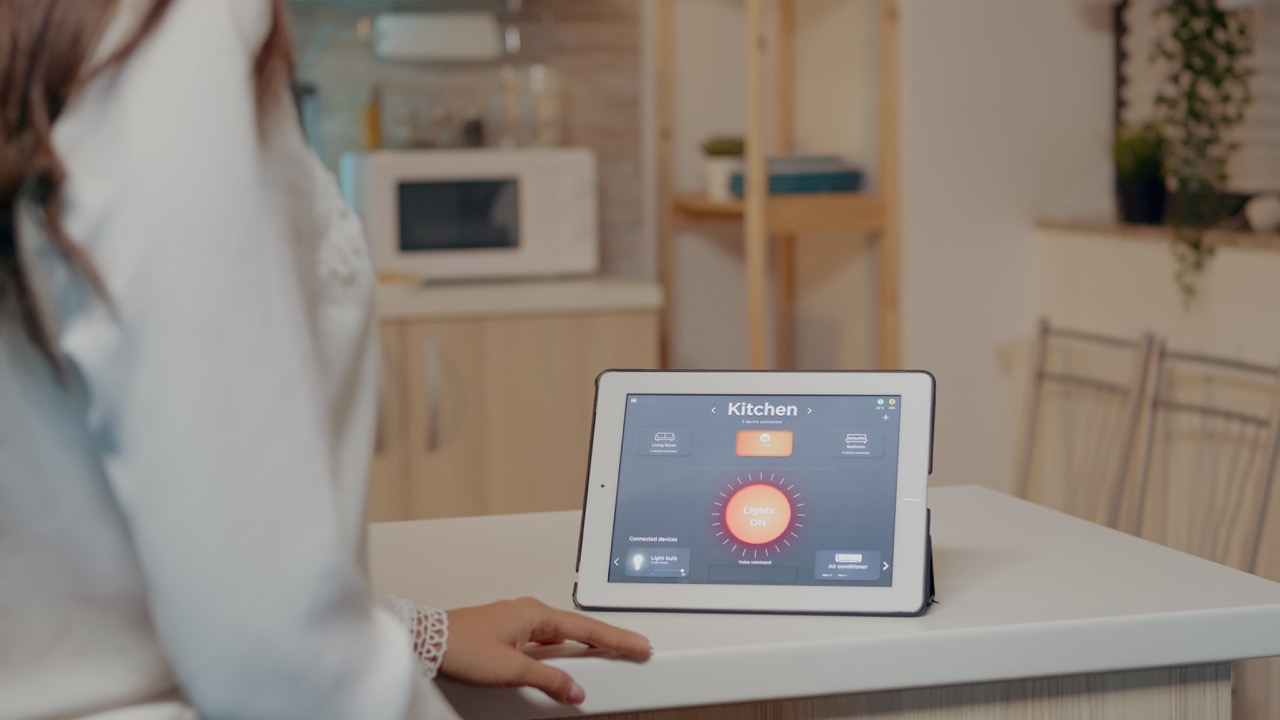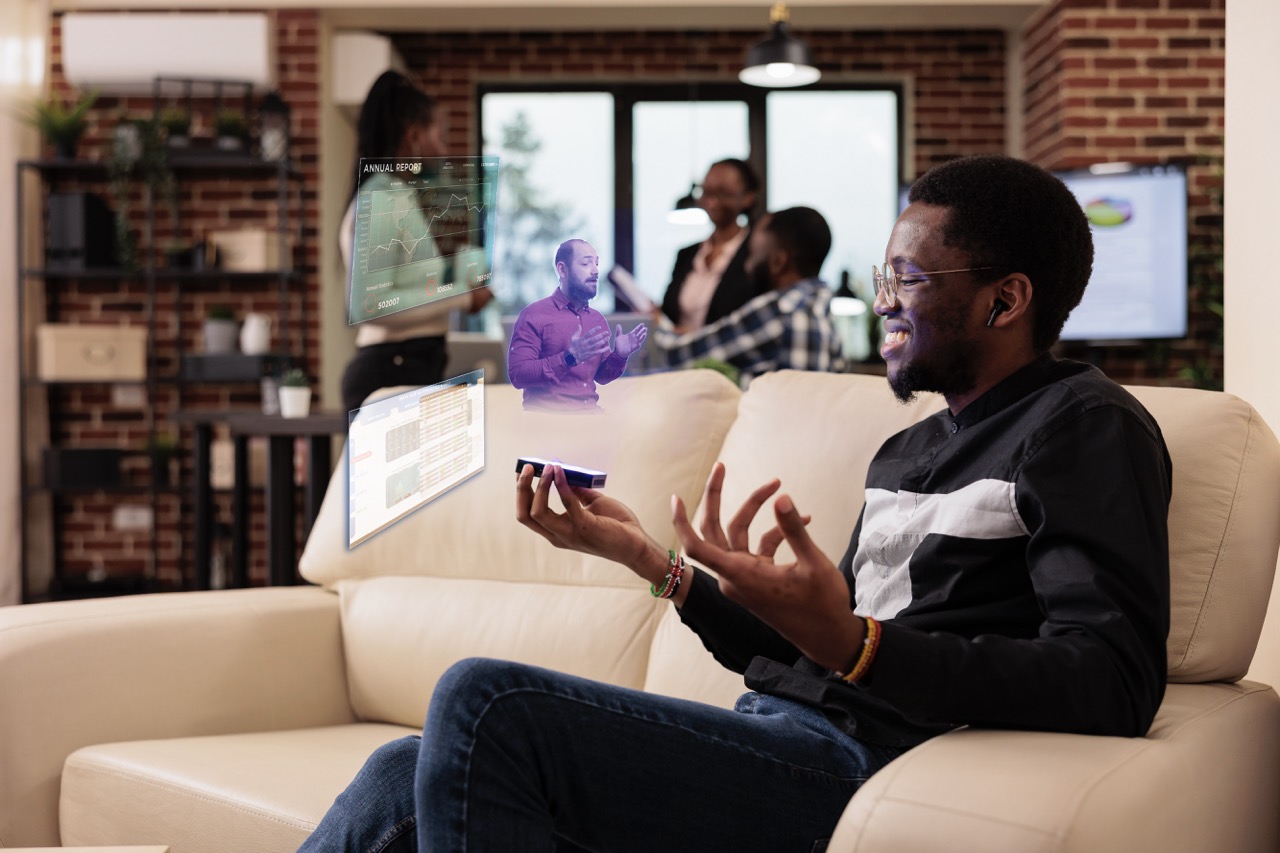In recent years, the landscape of pet care has experienced a technological revolution that mirrors the remarkable advancements in human technology. Smart pet gadgets, such as automated feeders, health trackers, and interactive toys, have quickly gained popularity among pet owners who seek to enhance the well-being of their furry companions. These innovations are not just random inventions but are rooted in functionalities derived from human technology, demonstrating an increasingly blurred line between our digital advancements and the needs of our pets. This article delves into how these gadgets were inspired by human tech and examines the trends driving their development.
The Intersection of Human Technology and Pet Gadget Innovation
As technology continues to evolve, the intersection between human gadgets and pet care solutions becomes increasingly apparent. Many smart pet devices draw from concepts pioneered in human technology, such as automation, connectivity, and real-time monitoring. For instance, the advent of smart home technology—where devices communicate and interact seamlessly—has paved the way for pet products that can be integrated into the broader ecosystem of a connected home. This innovation fosters a more holistic approach to pet care, enhancing the lives of both pets and their owners.
The rise of the Internet of Things (IoT) has also played a pivotal role in this intersection. Just as smart home devices can be controlled remotely via smartphones, so too can smart pet gadgets. This convenience allows pet owners to manage their pets’ needs even when they are away from home, ensuring that their pets receive care and attention regardless of their location. This level of connectivity ensures that technology not only serves a functional purpose but also enhances the emotional bond between pets and their owners.
Moreover, advancements in data analytics and artificial intelligence have transformed the way pet gadgets are designed and utilized. Devices now collect and analyze data related to pets’ health and behavior, mimicking the personalized experiences that human fitness trackers and health monitors provide. This focus on data-driven insights helps pet owners make informed decisions about their companions’ well-being, underscoring the importance of integrating human tech principles in pet care innovation.
Understanding the Trends: Why Pets Deserve Smart Tech
As society increasingly views pets as family members, the demand for smarter, more proactive pet care solutions has surged. This trend reflects a broader cultural shift towards prioritizing mental and physical wellness for all family members, two-legged and four-legged alike. Pet owners are becoming more aware of their pets’ individual needs and are seeking technology that can help monitor and manage these needs efficiently. Consequently, the rise of smart pet gadgets is not merely a trend but a response to a deeper understanding of pet care.
In addition, the COVID-19 pandemic highlighted the importance of keeping pets engaged and stimulated while their owners worked from home or navigated lockdown measures. Smart interactive toys, for instance, were developed to provide mental stimulation and physical activity, echoing the rise of fitness and wellness technology for humans. This shift emphasizes how connected technology can enrich an animal’s life, promoting an active lifestyle that prevents boredom and anxiety.
Furthermore, the increasing focus on pet health monitoring cannot be overlooked. With the help of wearable technology, such as pet collars equipped with GPS and health tracking features, owners can keep a close eye on their pets’ well-being. This trend is reminiscent of the growing health consciousness among humans, with many people investing in devices to monitor their own health metrics. By paralleling the advancements in human health tech, the pet care industry is responding to the growing demand for comprehensive monitoring solutions that enhance the quality of life for pets.
Key Features of Smart Gadgets Borrowed from Human Devices
Many of the key features found in smart pet gadgets can be traced back to the functionalities of popular human tech devices. For instance, GPS tracking capabilities in smart collars allow pet owners to locate their pets at any time, similar to how human fitness trackers use GPS for navigation and tracking. This technology not only provides peace of mind for owners but also ensures the safety of their pets, preventing potential accidents or losses.
Another feature borrowed from human technology is the ability to integrate with mobile devices. Many smart pet products offer smartphone apps that allow users to monitor their pets’ activity levels, feeding schedules, and even health metrics—all from the palm of their hand. Just as human fitness apps help users stay on track with their health goals, these pet-centric applications empower owners to engage actively with their pets’ routines and behaviors, fostering a deeper connection and responsibility.
Moreover, smart feeding devices that utilize portion control and automatic scheduling are inspired by kitchen appliances that offer similar features for human food management. These gadgets ensure pets receive proper nutrition while minimizing the risk of overfeeding or unhealthy eating habits. By borrowing these functionalities from human tech, pet gadgets not only improve convenience but also prioritize the health and well-being of pets, creating a synergy that benefits both pets and their owners.
The Future of Pet Care: Integrating Smart Tech in Daily Life
Looking ahead, the future of pet care appears poised for even greater integration of smart technology into daily life. As advancements in artificial intelligence and machine learning continue to develop, we can expect pet gadgets to become increasingly intuitive, offering personalized care solutions tailored to each pet’s unique needs. For example, future smart collars may not only track location but also monitor vital signs and behavioral changes, alerting owners to potential health issues before they become serious.
Additionally, the ongoing trend of smart homes is likely to drive further innovation in pet gadgets. As homes become more connected, pet owners may have the ability to integrate their pets’ needs into their daily routines seamlessly. For instance, automated systems could adjust feeding schedules based on the owner’s daily activities or even control environmental factors like temperature and lighting to create an optimal space for pets when they are home alone.
Ultimately, as technology continues to evolve, the relationship between pets and their owners will deepen, guided by the use of smart gadgets that enhance care and companionship. This integration of human-inspired tech into pet care not only enriches the lives of pets but also empowers owners to take an active role in their well-being. With this trajectory, the future of pet care is not just about convenience; it’s about fostering a healthier, more connected lifestyle for our beloved companions.
The journey of smart pet gadgets reflects a broader narrative about our evolving relationship with technology and the living beings we cherish. As innovations in human technology continue to inspire the design and functionality of pet care devices, we can anticipate a future where the health and happiness of our pets are prioritized through intelligent, connected solutions. By embracing these advancements, pet owners can ensure that their companions lead enriched lives, ultimately fostering a stronger bond built on care, empathy, and the benefits of modern technology.








